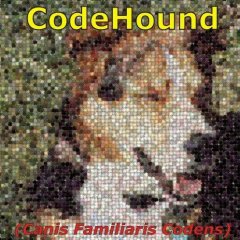-
Recently Browsing 0 members
- No registered users viewing this page.
-
Similar Content
-
Eigen4AutoIt - Matrix computing with Eigen 1 2 3 4 5
By RTFC,
- matrix
- scientific computing
- (and 1 more)
- 92 replies
- 38,732 views
-
- 3 replies
- 546 views
-
- 0 replies
- 1,589 views
-
- 0 comments
- 54,504 views
-
- 0 replies
- 2,674 views
-



Recommended Posts
Create an account or sign in to comment
You need to be a member in order to leave a comment
Create an account
Sign up for a new account in our community. It's easy!
Register a new accountSign in
Already have an account? Sign in here.
Sign In Now